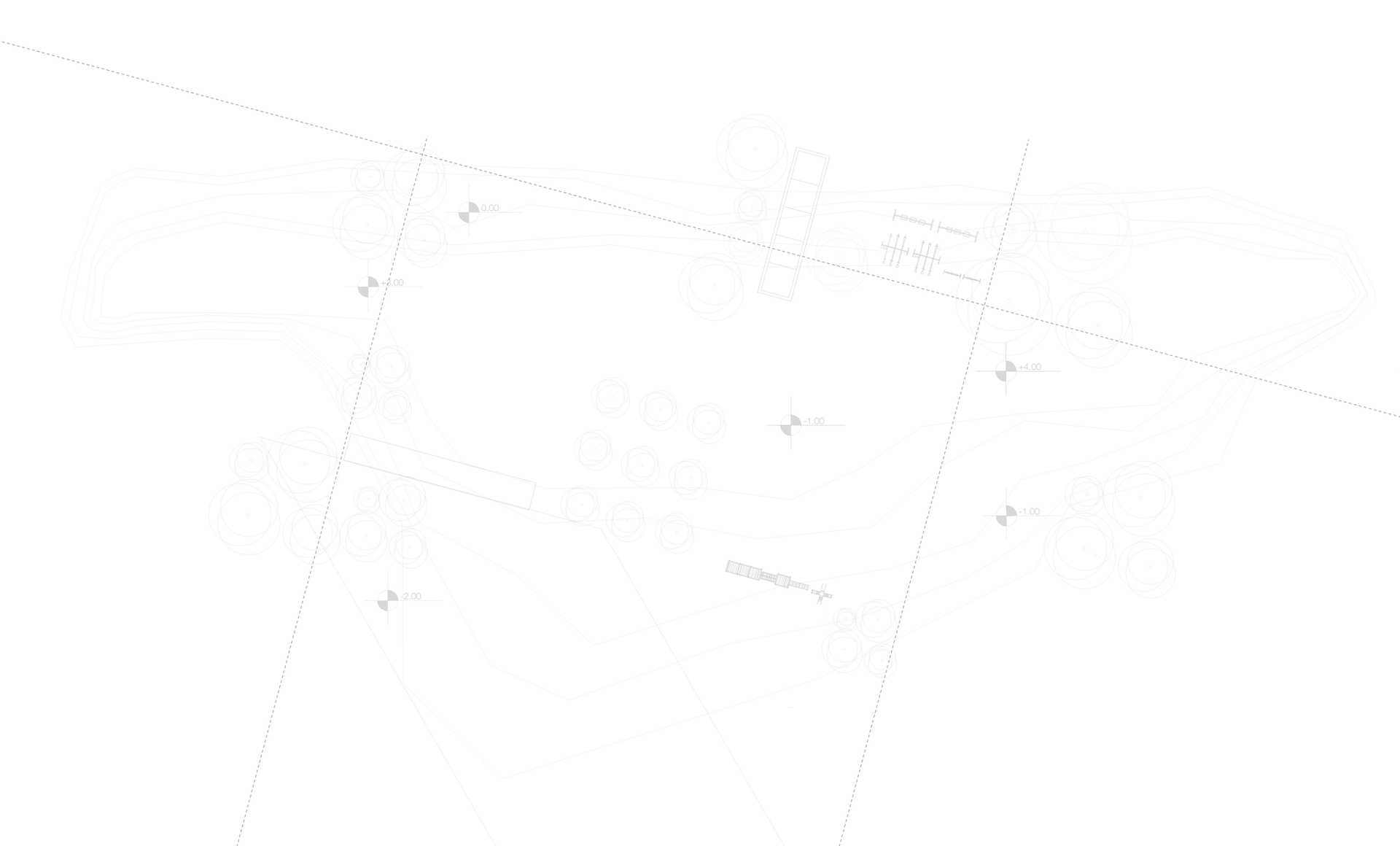Exhibition Review: Pod Off-Grid | Prof. Jason Pomeroy
- Idelia Limindra
- May 6, 2016
- 3 min read

On 3rd May 2016, I attend the exhibition held by Jason Pomeroy Studio and supported by JCU SIngapore in Raffles Design Institute Singapore concierge, at the same time it also showcase student design project, design talk, and book launch. The book is called 'POG: Pod Off Grid | Explorations Into Low Energy Waterborne Communities' author by Prof. Jason Pomeroy and it will feature the work of students that join the workshop together with him in Venice.
About Prof. Jason Pomeroy

He is an award-winning architect, academic, author, and TV personality. He was born in North West London and has been interested in architect since he was eight. He graduates from Canterbury School of Arch in 1998 and at the same time he also has affection to study of Asian cities. Then, he completed his master degree of IDBE from university of Cambridge in 2005 as a form of the interest in sustainability. Now, he still active in BBC TV program.
The Talk & Exhibition
He began the talk with the introduction of the problem that the world has been facing until now which is the climate change. It is likened as the Pandora's box. Base on the myth, this box will revealed the evils when the box was opened. Nowadays, society need to really keep it well their 'Pandora's box' because if it's open it can cause big problem which is global warming.

The Exhibition Showcase. Photo Courtesy of Pomeroy Studio's facebook
Furthermore, he explained about his sustainable caveman theory as an analogy of our present life. It is more towards the technologically advance and didn't embrace what nature gave us such like the caveman who lives in the outer part of the cave and enjoyed the natural light soon before he found the fire then move to deeper part. Our less consciousness toward the benefit of natural light & ventilation could lead to carbon woes and sustainable issue.

Pomeroy's sustainable caveman theory
Next, Pomeroy's presented the work from last year's workshop in Venice where the students from University IUAV di Venezia, James Cook University Australia, and Raffles Design Institute Singapore were participated to explore and investigate a new away to design sustainable waterborne communities that suitable for the surrounding context of Venice based on the 6 parameters of sustainable which are space, technology, culture, society, economy, and environment. There are 5 innovative ideas produce through this workshop which are The Lagunatory, See. Eat. Enjoy, Venice Research Centre, The Ancient Mariner, and Green Mask. Whereas all of them will be feature inside the latest book launch by Jason Pomeroy.

Singapore(left) and Venice(right). Photo Courtesy of whenonearth.net
As they learn through the ancient floating city Venice, a good opportunity of the learnt can be applied onto Singapore. Although these 2 cities look different where Venice is mostly about urban museum, history, heritage, and fish farm while Singapore is more to modern city and financial centre, these 2 still draw the same line as the island cities that has widen their surface area through land reclamation or build a connection between islands to allocate the expanding population.
This exhibition also showcase 2 feature projects of Pomeroy's studio which are Lexis Hibiscus and POG.

Lexis Hibiscus. Photo Courtesy of HotelsCombined.com
Lexis Hibiscus is a resort located at Port Dickson (Pasir Panjang, Malaysia). It is a recently completed project by Pomeroy studio where the resort is believed as floating waterborne development featuring holiday villas, f & b, and supporting recreational facilities. Nowadays, this area becomes a popular tourism and icon of Malaysia.
The second project is POG, it is a concept made by Pomeroy and his team for the proposal of Isola La Certosa, a former military island, Venice waterfront. An idea that come up together with the exploration of the current problems in Venice and creating a sustainable solution to anchor agri-aquaculture and green tourism. Not only for the Venice, but it is able to perform it's modularity to be applied in different city like Singapore, Dubai, etc where it has large water surface as part of the city. The feature that is proposed here is also able to fulfill the 6 sustainable parameters of sustainable.

POG by Pomeroy Studio's scale model

8 innovative feature on POG. Photo courtesy of oroeditions.com

The vision of POG in Singapore

In my opinion, Mr. Pomeroy has produce a huge contribution for this mother earth with all of his passion and strong determination of creating better environment. What's greater is that he doesn't mind to share his knowledge. Furthermore, I also think that the topic he brings up today is a hot issue right now because the last seminar I attend in URA also discussed about the waterfront. Our pioneers are started to brainstorming for how to maximize the use of water surface area where it covered 2/3 of this earth. This all could lead to the future that able to accomplish the sustainability challenges of tomorrow.

























Comments